21 Free Glossy Texture transparent PNG images
Discover our curated collection of 21 free AI-generated images showcasing Glossy Texture effects. Browse through an extensive variety of stock photos, 3D objects, vectors, and illustrations featuring sleek, reflective surfaces and polished finishes. Each high-resolution image is available for immediate download, and you can customize any design using our 'open in editor' feature to fine-tune the prompt and regenerate images that perfectly match your vision.



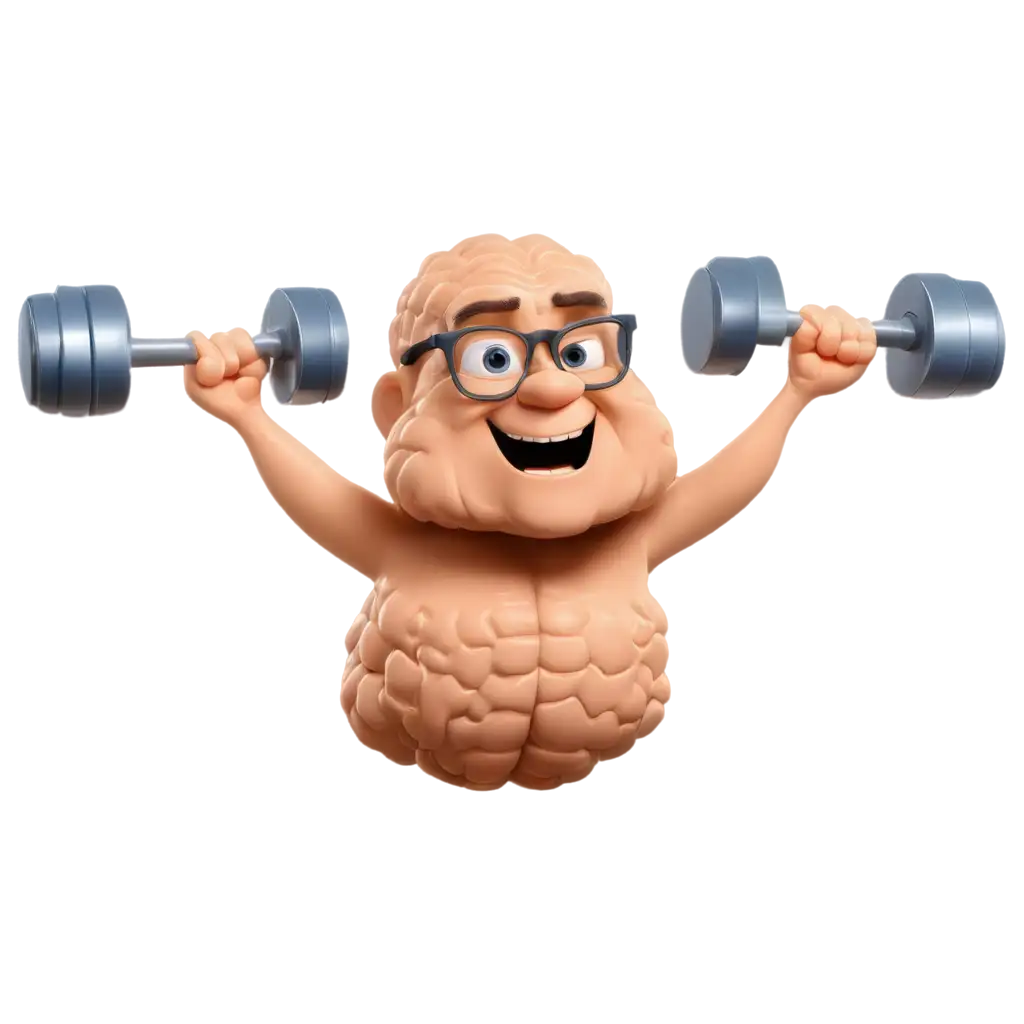





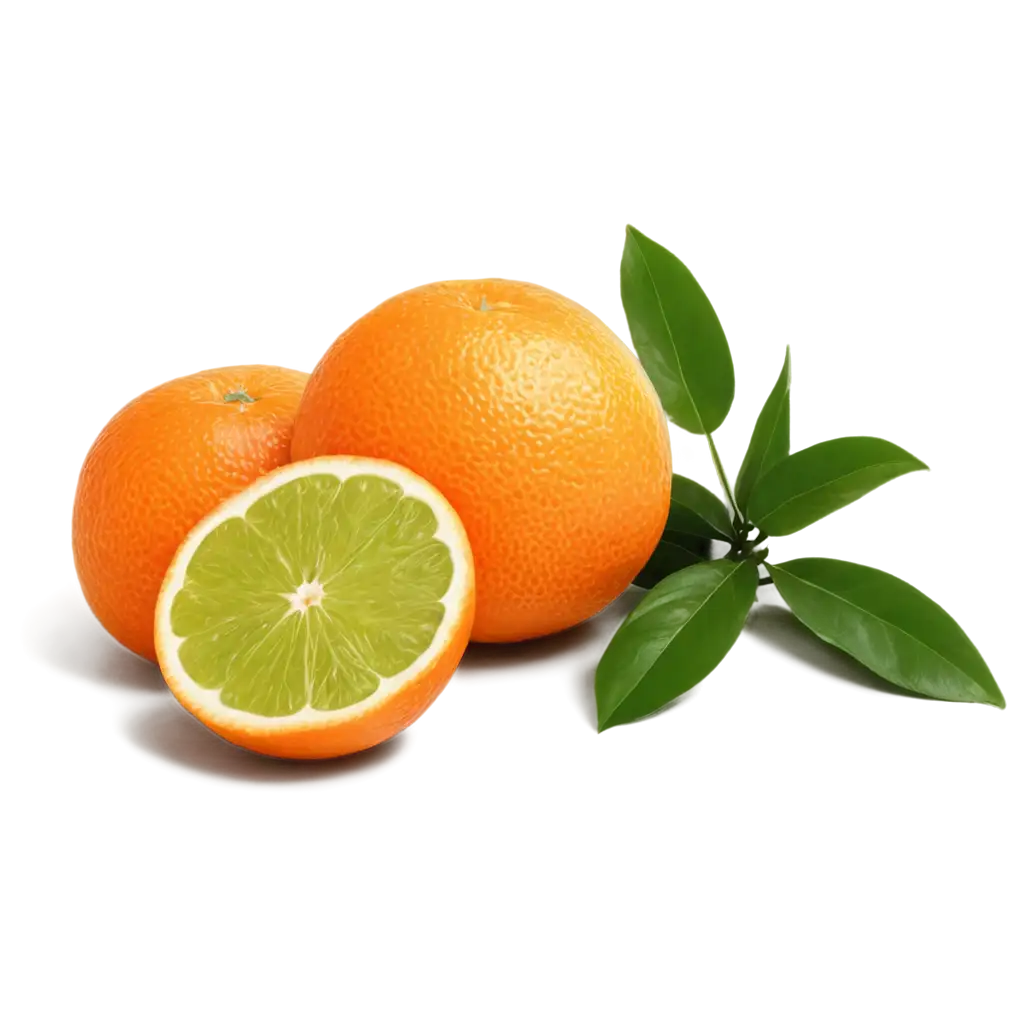

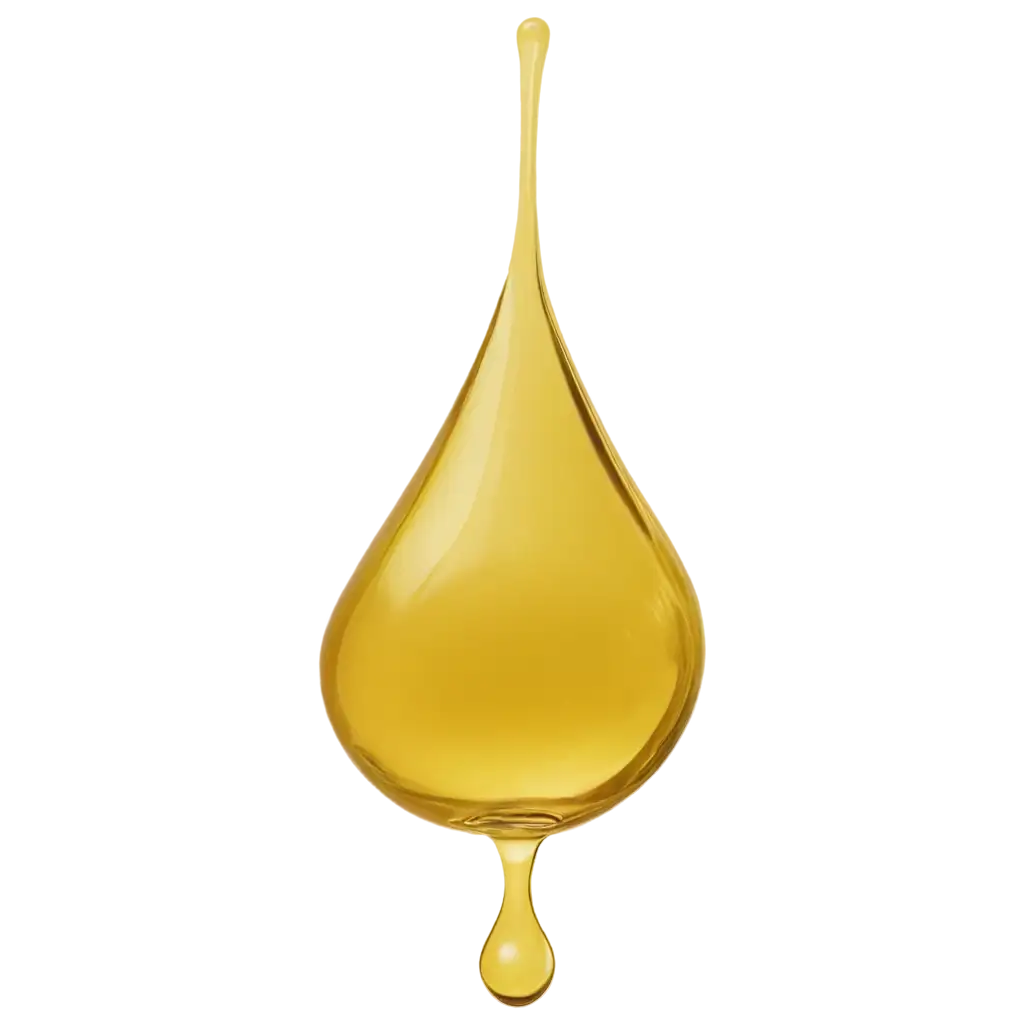

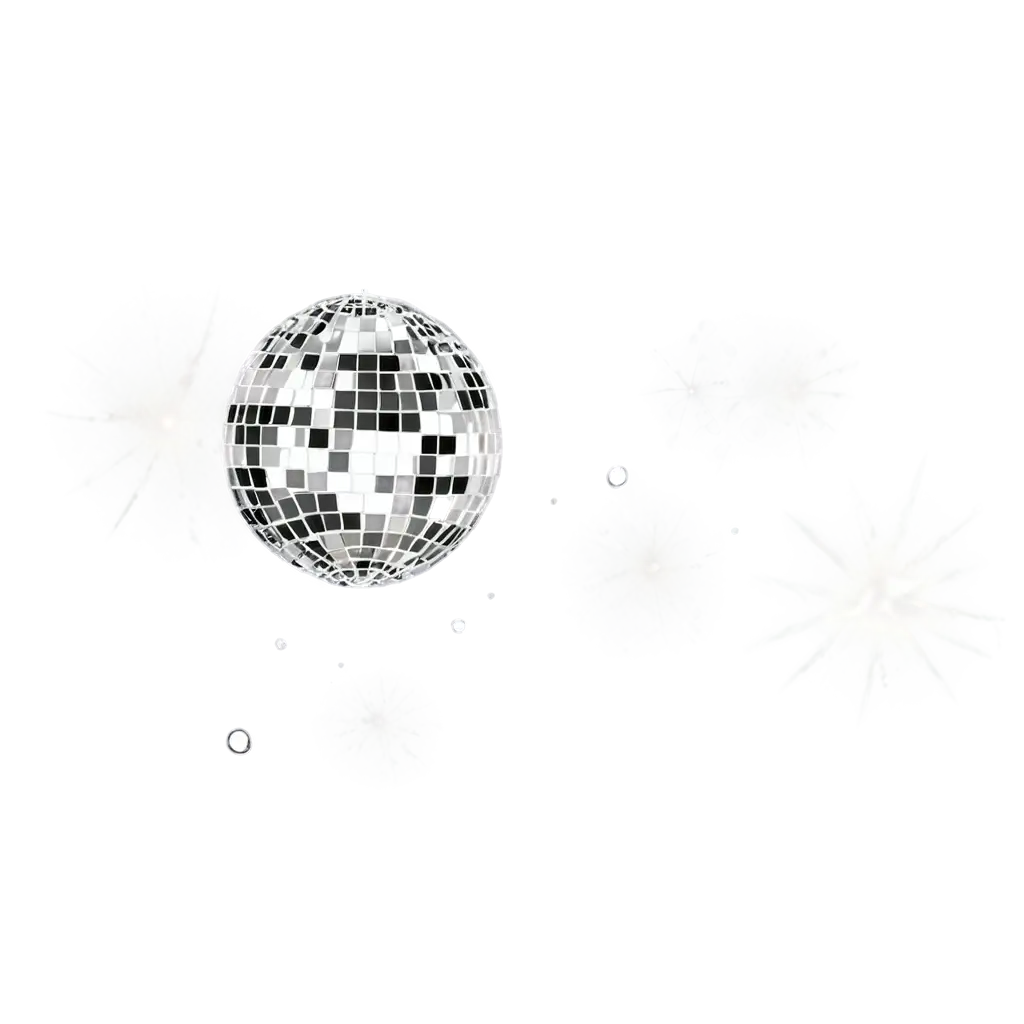



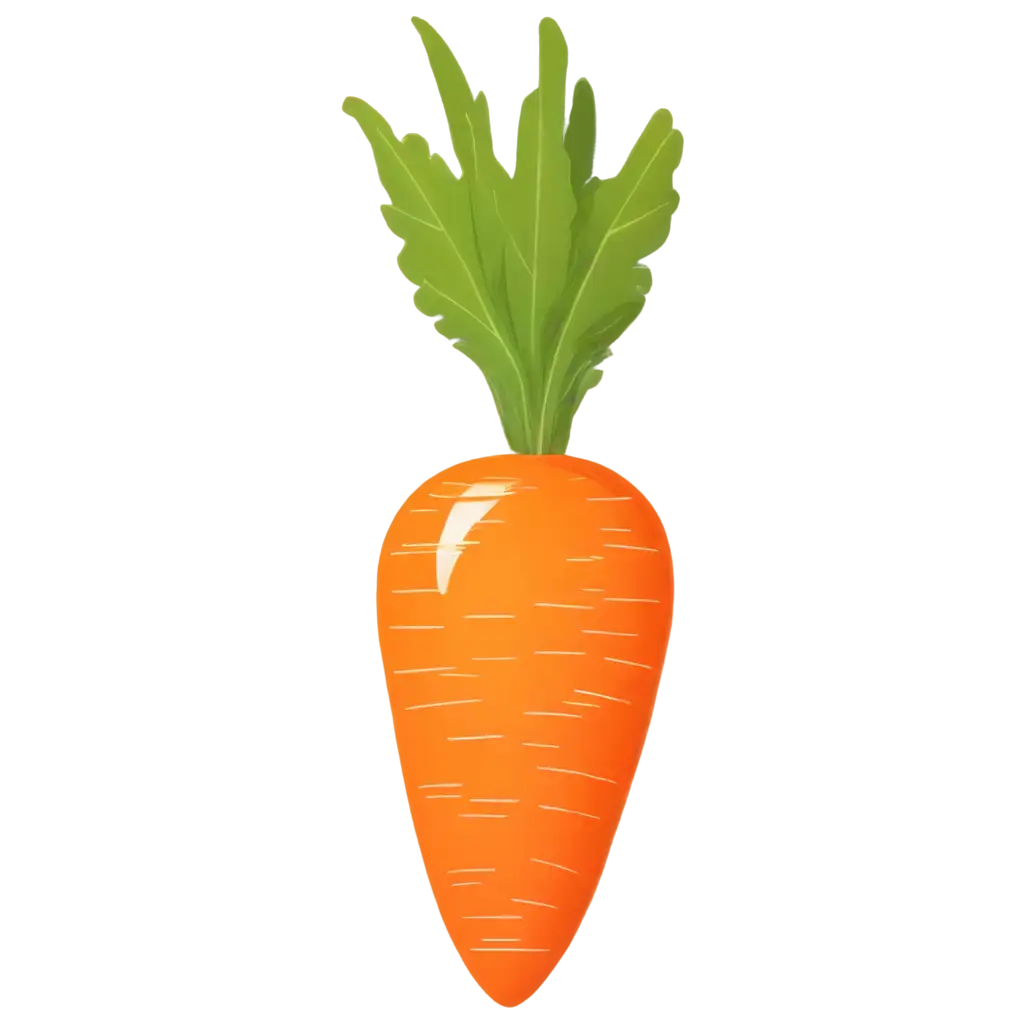
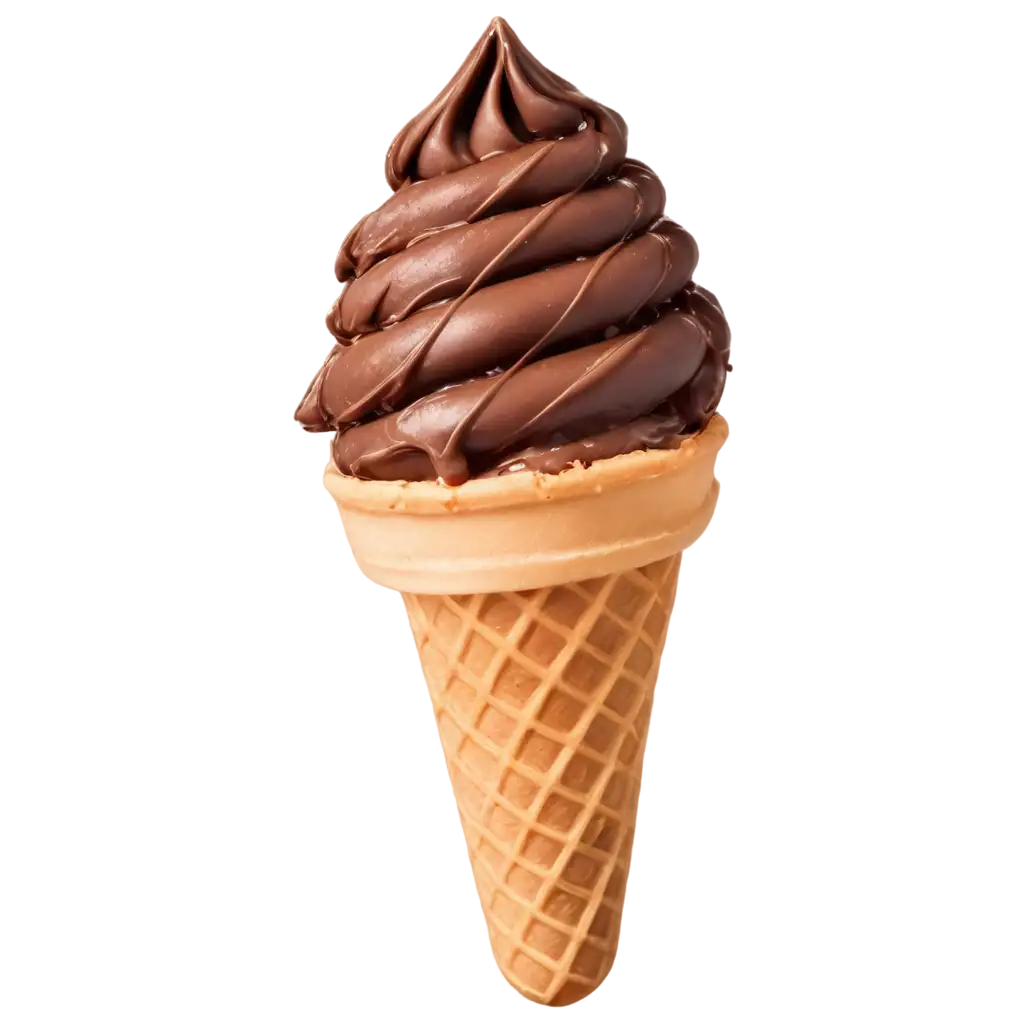

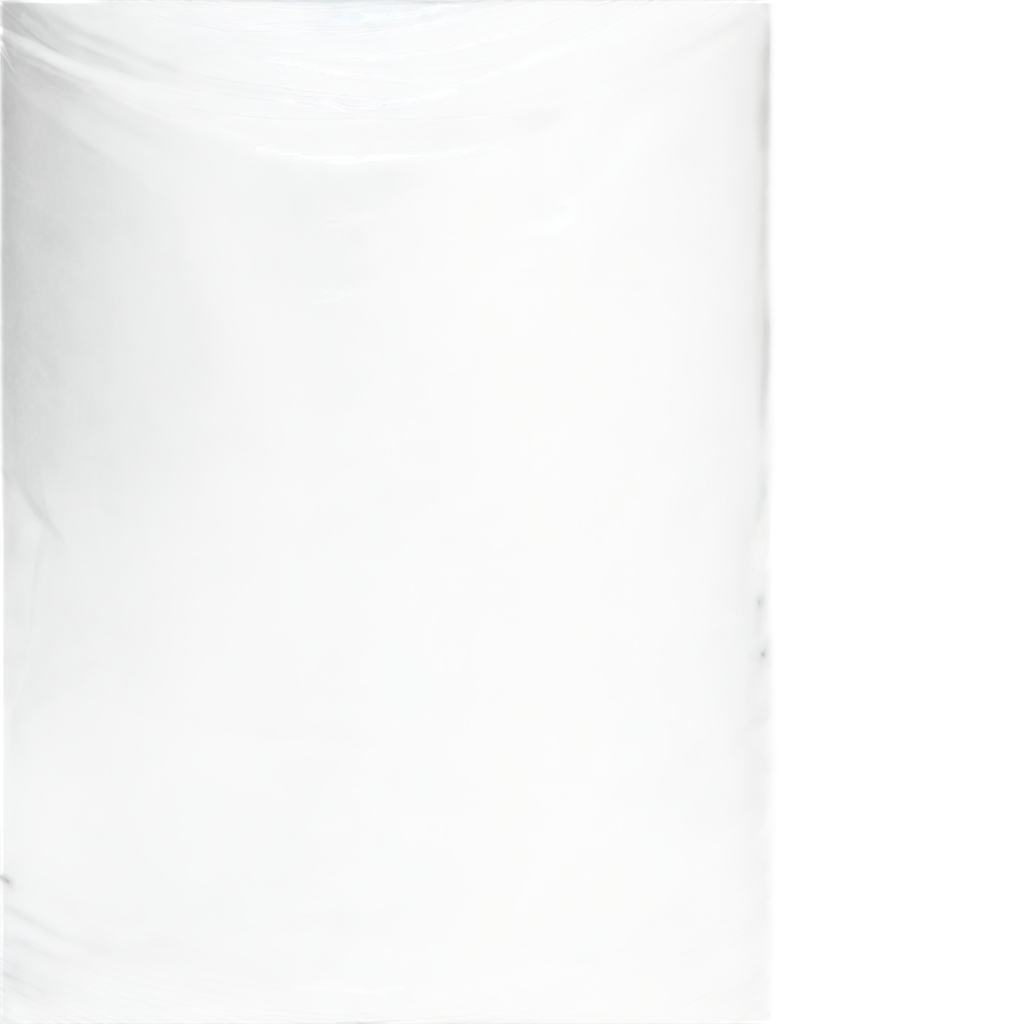
Related Tags
Glossy textures represent smooth, reflective surfaces that exhibit high specularity and shine. In digital art and AI-generated imagery, these textures are characterized by their ability to reflect light, create highlights, and simulate materials like polished metal, glass, or plastic. The physics of light interaction with glossy surfaces involves complex calculations of reflection, refraction, and surface properties, which AI models have been trained to understand and recreate with remarkable accuracy. This understanding allows for the generation of realistic materials across various applications, from product visualization to abstract art.
Understanding Glossy Textures in Digital Art and Photography
Glossy textures find extensive use across multiple design disciplines. In product visualization, they're essential for showcasing electronics, automobiles, and luxury items where surface finish is a key selling point. In architectural visualization, glossy textures help represent modern materials like polished stone, chrome fixtures, and glass facades. Digital artists use glossy effects to create everything from abstract compositions to hyperrealistic still life images. The versatility of glossy textures makes them invaluable in fields ranging from packaging design to user interface development, where they can add depth and sophistication to virtual surfaces.
Popular Applications of Glossy Texture in Design and Visualization
Achieving realistic glossy textures through AI requires understanding key prompt engineering principles. Essential elements include specifying the material type (metal, glass, plastic), surface condition (polished, buffed, mirror-finish), and lighting conditions (studio lighting, natural light, dramatic spotlights). Advanced prompts might incorporate terms like 'specular highlight,' 'reflection mapping,' or 'ray-traced reflections' to achieve more precise results. The interaction between glossy surfaces and their environment is crucial, so including context about surrounding objects and light sources can significantly improve the realism of generated images.
Creating Perfect Glossy Effects with AI Image Generation
The development of AI image generation technology continues to push the boundaries of what's possible with glossy texture rendering. Emerging trends include improved physical accuracy in reflection calculations, better integration with real-world lighting conditions, and more precise control over surface properties. Advanced neural networks are becoming better at understanding complex material properties, leading to more photorealistic results. The future promises even more sophisticated capabilities, including real-time adjustment of glossiness levels, interactive reflection mapping, and seamless integration with augmented reality applications.
Future Trends in AI-Generated Glossy Texture Effects